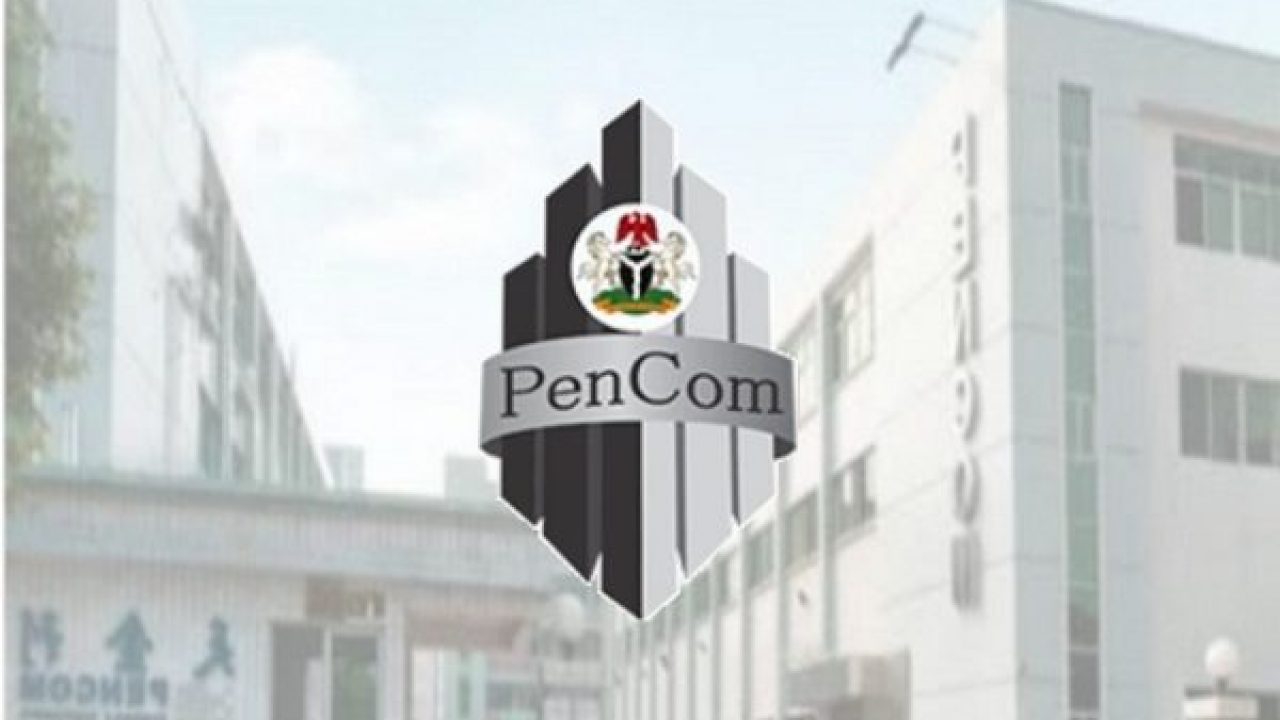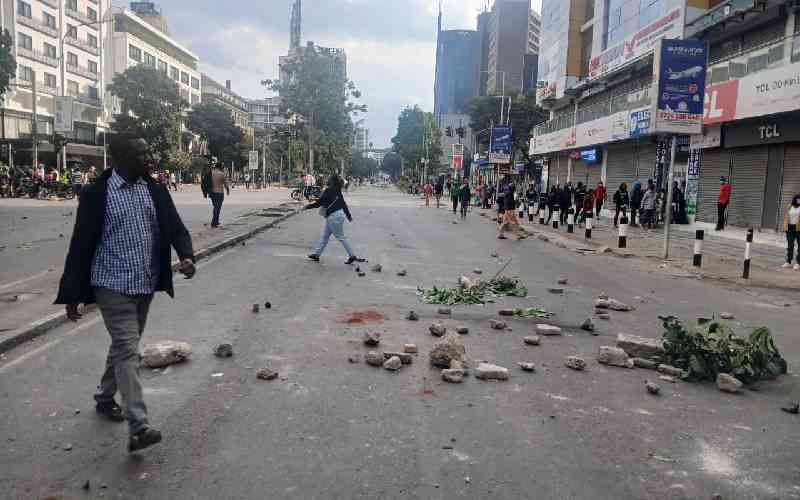Iran and Israel continue to exchange missiles six days after Israel first struck Iran, with speculation growing that the United States will join Israel’s war after President Donald Trump left the G7 Summit early to meet with his National Security Council in Washington.
It’s been reported by The New York Times that Iran is preparing missiles to strike United States military bases in the Middle East should the United States directly join Israel’s cause. Here’s a visual guide to how the rapidly escalating conflict is unfolding.
In addition to targeting vital Iranian oil, gas and nuclear facilities, Israel has also hit residential areas. A building used by the Islamic Republic of Iran News Network, part of Iran’s state television broadcaster, was also struck by a missile on Monday, with at least two employees reportedly killed in the attack.
By Wednesday morning, Iran’s Islamic Revolutionary Guard Corps released a statement claiming they had “gained complete control over the skies of the occupied territories” after launching two missile barrages at Israel overnight. According to live broadcasts, however, Israel’s Iron Dome was still intercepting missiles.
Establishing the extent of the damage to key Iranian nuclear sites is challenging not just due to the repeated Israeli strikes targeting them, but also because both sides are supplying contrasting assessments on the success of the Israeli operation.
Loading
South of Tehran lies the, a complex at the heart of Iran’s enrichment program that houses facilities including two enrichment plants: the underground Fuel Enrichment Plant and above-ground Pilot Fuel Enrichment Plant.
The is also south of Tehran, and is notably underground, making it harder to successfully hit. Further south, on the outskirts of , Iran’s second-largest city, is a large nuclear technology centre that includes the Fuel Plate Fabrication Plant and uranium conversion and storage facilities. On the Gulf Coast is the , which is Iran’s only operating nuclear power plant and uses Russian fuel that Russia takes back once it is spent.
Further north, in addition to , is the partially built heavy-water research reactor in , which Iran previously informed the International Atomic Energy Agency it had planned to start operating in 2026.
Dug deep into a mountain near Qom is the, which is one of Iran’s most heavily fortified nuclear sites, built in secrecy and designed for survivability.
Loading
It was exposed through Western intelligence in 2009, and its capacity to enrich uranium levels close to weapons-grade is what alarms the superpowers and makes it critical to Iran’s nuclear program. In 2023, according to the IAEA, uranium enriched to a purity of 83.7 per cent was found at Fordow. Nuclear weapons need an enrichment level of 90 per cent.
The fact that Fordow was designed as a fallback facility should other nuclear sites be compromised makes it a key stronghold for Iran, and a prime target for Israel – but it’s understood Israel would be hard-pressed to destroy it without help from the US.
Fordow’s underground nuclear facilities are understood to be 80 to 90 metres beneath the mountain’s surface. It’s impenetrable, even if Israel used the most advanced “bunker buster” bombs in its arsenal for targeted aerial strikes.
The 13,608-kilogram GBU-57A/B MOP (Massive Ordnance Penetrator) is thought to be the only “bunker buster” bomb that could reach the core buried below Fordow’s surface, though that would still be likely to require multiple strikes.
Loading
Capable of burrowing through 60 metres of steel and rock before detonating, it was developed by the United States and is its largest non-nuclear bomb.
Israel has requested it from the US, and the request has been denied multiple times.
Only a B2 Stealth Bomber could carry the bomb due to its sheer size.
Iran has said it would target the United States’ military bases in the Middle East should Trump enter the conflict on Israel’s side in earnest.
The United States has a significant military presence in the Middle East, the Council on Foreign Relations says there is a broad network of sites spanning at least 19 locations, eight of which are permanent.
Loading
The permanent United States sites are understood to be in Bahrain, Egypt, Iraq, Jordan, Kuwait, Qatar, Saudi Arabia and the United Arab Emirates.
Since October 7, 2023, several attacks purportedly by Iran-backed forces have occurred. Notably, in January 2024, three American soldiers were killed after a drone hit the Tower 22 military base in Jordan, near the Syrian border.
The Morning Edition newsletter is our guide to the day’s most important and interesting stories, analysis and insights. Sign up here.












